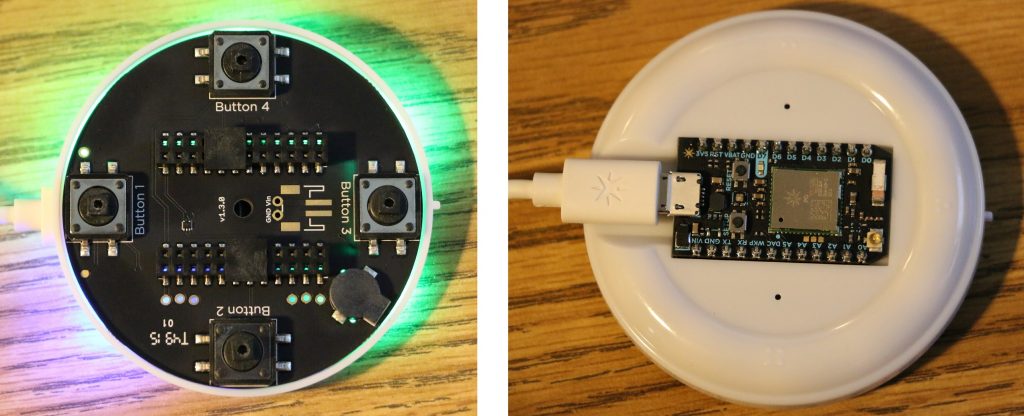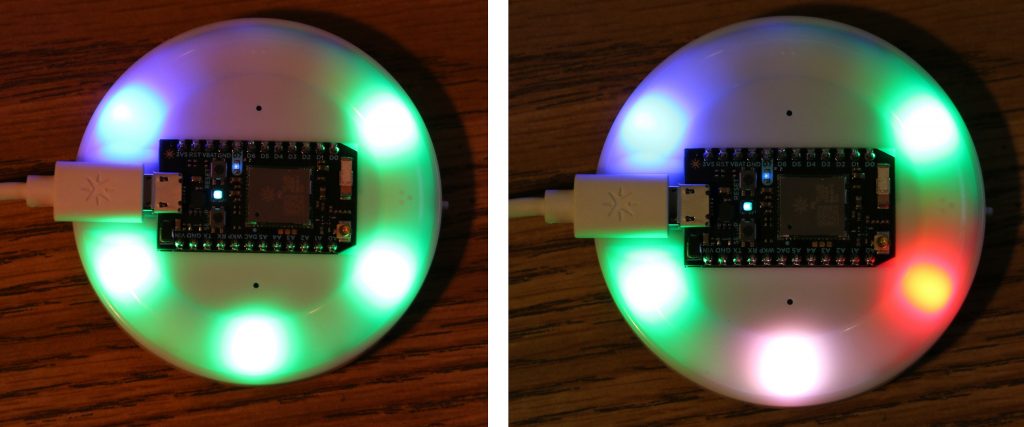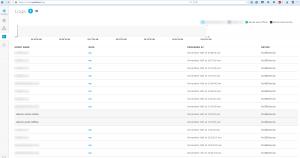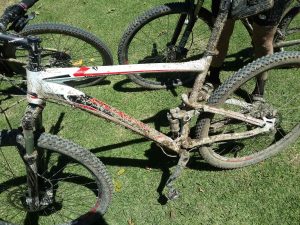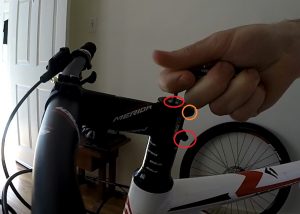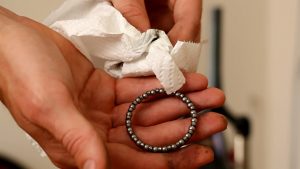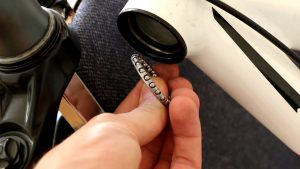Besides Americans calling petrol gas (and gas propane, diesel is still diesel (when you can find it)), their octane ratings are different to what I was used to. Back home (in South Africa), the standard octane rating at the coast was 95, and 93 at higher altitudes. If I recall correctly my Audi’s manual told me to always use the highest octane possible, but at least 91.
So I was quite surprised when going through our Tucson’s manual and came across the statement:
Fuel Grade: Pump Octane Rating of 87 or higher
This seemed oddly low to me. When we went to go fill up at the gas station in the US, we were greeted by a choice of Regular, Mid or Premium fuel. Referring to fuel with an octane level of 87, 89 or 91 respectively. Another surprise, as by the coast in SA, all you get is 95. No choice.
At the end of the day, it’s actually rather boring. Basically there are different ways to to calculate a fuel’s octane rating, and different countries use different methods. It can be summarised like this:
US shows the average of the Research Octane Number (RON) and Motor Octane Number (MON) rating, which is the Anti-Knock Index (AKI) while Europe just shows the RON rating which gives a higher number than the MON rating – source
If you want to know more about octane, spend two and a half minute’s of your life watching this guy’s video. If you want to know more about measurement methods, RON and MON, check out Wikipedia.
But what it boils down to is an 89 Octane in the US, is actually equivalent to around a 94 octane back home. You also have price discrepancies between fuel grades:
We are also fortunate enough to live in California, who have the second highest gas price in America, after Hawaii. At an average price of $2.80 per gallon (ZAR10.17 per litre), it is $0.70 more per gallon than South Carolina.
Gas prices also fluctuate tremendously within a city. In South Africa, petrol prices are basically fixed, meaning you pick a garage by convenience. In LA, I can pay anywhere from $2.60, to almost $4.00 per gallon! That makes petrol almost as expensive as in SA!


